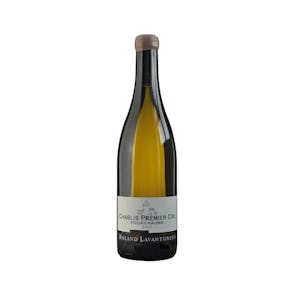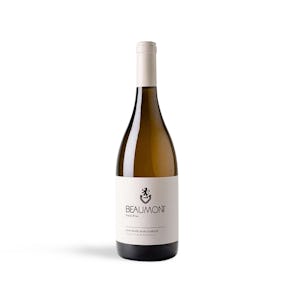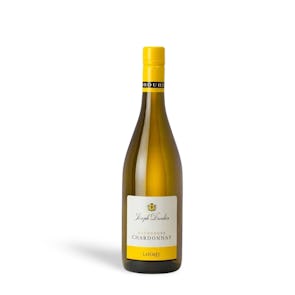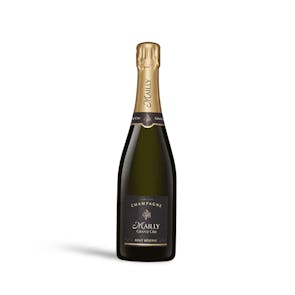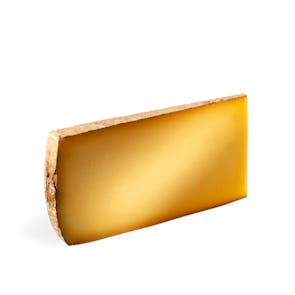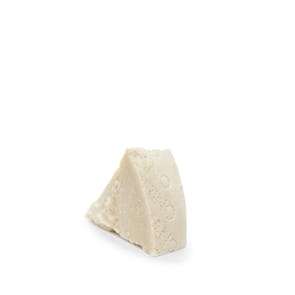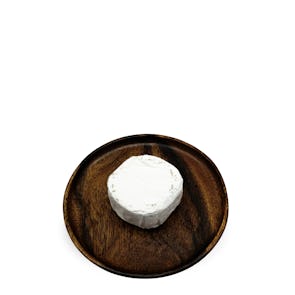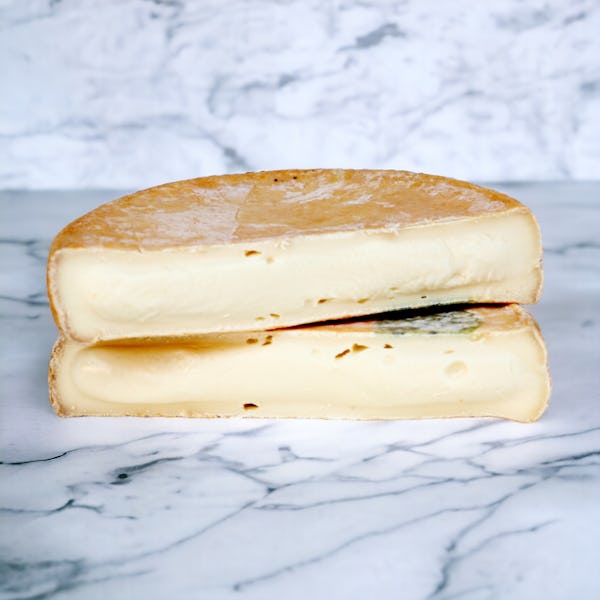
Reblochon Fermier AOP
The tartiflette cheese
TASTING NOTES FROM THE CURATOR
The Reblochon is an award-winning cheese, having earned the Bronze medal at the 2014 World Cheese Awards.
Matured for at least four to eight weeks, it has an edible washed rind in a light beige color, and exudes an herby, earthy aroma. Inside, its texture is compact, and smooth and supple. Its mild nutty flavor is delicious and delicate, giving off fruity notes.
PAIRINGS AND PREPARATION
Like many alpine cheeses, the Reblochon is excellent on its own or as part of a cheese platter. Serve it with fresh, crusty bread and some nuts or dried fruit. Pair with a Savoie wine for maximum enjoyment.
Make sure to serve the cheese at room temperature to fully bring out its brilliance. Take it out of the refrigerator at least two hours before serving. But to truly make it shine, we suggest trying the Reblochon as a tartiflette, a mouth-watering traditional winter dish, well-loved in the Alps. It’s perfect for colder days, and easy to make.
- Boil some potatoes in salted water; let cool before peeling and slicing.
- Sauté some onions and bacon on a pan, adding a splash of white wine when both are tender. Add salt and pepper to taste.
- Layer some potato slices on the bottom of a buttered casserole pan/pie plate.
- Pour the bacon-onion mixture, then cover with another layer of potatoes.
- Spread some crème fraiche before layering your slices of Reblochon on top.
- Bake in the oven, and voila! A tartiflette—a very, very good dish that will make you want to lick your empty plate.
CLEVER ORIGINS
The word Reblochon comes from “reblocher,” which means, “to pinch a cow’s udder again.” During the 14th century, landowners would tax farmers based on the amount of milk their cows produced. The farmers would then not fully milk their cows, not until after their landowner had measured the yield. The milk that comes from the second half of the milking ends up much richer, which contributes to the creaminess of the Reblochon.
Storage Instructions
Cheeses (except brined ones in jars) should be stored in the crisper or the butter drawer of a refrigerator, not on the shelves themselves. This is to help regulate their temperature and humidity levels—and prevents the formation of mold. Once opened, they should not be kept in their original packaging. Soft cheeses with delicate rinds need to breathe, so they are best placed in glass containers lined with paper towels to absorb extra moisture. Leave the lid open a tiny bit for air to circulate and don’t forget to write up a label with the date you first opened the package. Your cheese will be fine for up to one month, unless otherwise stated in best before date stamped on the label.



